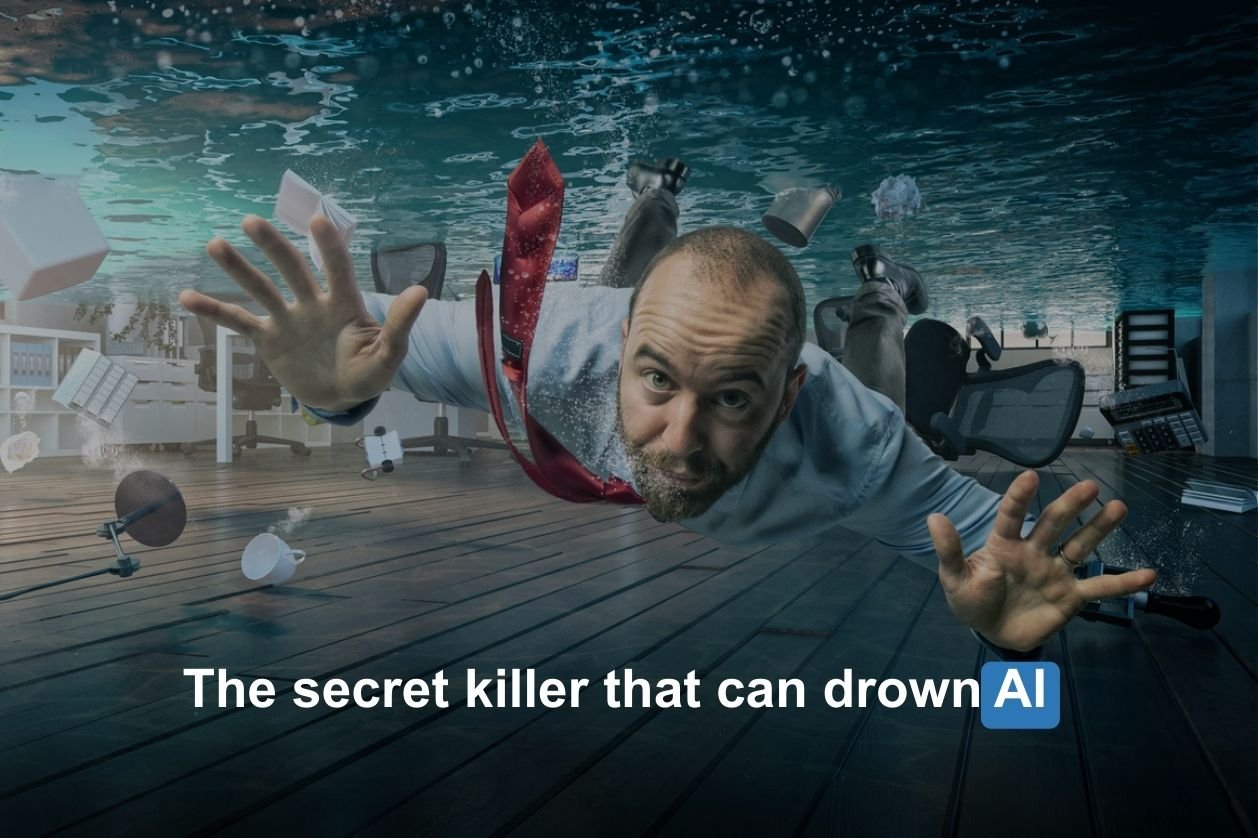How art and songs have the power to improve lives – and businesses
In a dazzling display of resilience and revival, Guildhawk’s friend, British 1920s style bandleader Alex Mendham and his Orchestra have taken the international stage by storm since the end of the ...
Unveiling the craft of localising music for Chinese audiences
Sam Lee-Potter and Helen Han are professional translators who have been working with Guildhawk on the localisation of songs for Chinese audiences. We sat down with both of them, ...
Wishing You a Happy Chinese New Year of the Wood Dragon
As the new lunar year begins, it is time for the Water Rabbit to welcome the Dragon and wish them well before departing back to the moon until it is their time to return to earth. ...
Exciting News: Mia Campbell Joins Guildhawk!
We are thrilled to welcome Mia Campbell as our new Head of Public Affairs. With her unique expertise in safety, she will champion a series of exclusive events as we launch the first self-learning ...
Sandvik Canada & Guildhawk Partner to Localise Safety Training with AI
Going above and beyond expectations with Digital Humans and AI Translation We are thrilled to announce ...
Jessica discusses life & Guildhawk’s AI translation with Jurga & David
Creating a culture where innovation flourishes, young people are empowered and customers feel valued, is the driving force in everything we do at Guildhawk. It is inspired by our founder, Jurga ...
Made in the UK showcases new multilingual safety AI
A new game-changing technology, powered by AI, trained on verified data is set to transform multilingual safety in mining, heavy engineering, and construction. The latest Made in the UK, pioneered ...
Beyond The Hype: Making AI work for business productivity
Be the Business have invited our Founder Jurga Zilinskiene MBE to taking centre stage at the upcoming technology event ‘Beyond The Hype: Making AI Work For Business Productivity’. ...
GAI Translation gives you 2 powerful new features
Subscribers to GAI, the safe AI-powered translation SaaS, can now automatically verify translations with the first, secure and easy to use ...
At last! New laws to verify identity of companies & directors
Yesterday, BBC television news invited me to speak about a particularly alarming case where fraudsters had ...









